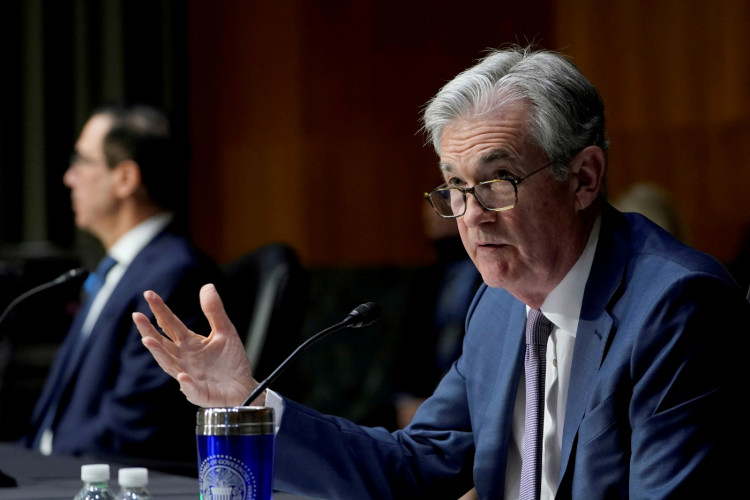Federal Reserve Chair Jerome Powell stated on Tuesday that the U.S. economy is back on a "disinflationary path," but emphasized the need for more data before the central bank considers cutting interest rates. Speaking at a monetary policy conference in Portugal, Powell highlighted the recent inflation data that showed no increase in May, with the 12-month rate of price increases dropping to 2.6%. This is still above the Fed's 2% target but indicates a downward trend following earlier concerns this year.
"We just want to understand that the levels that we're seeing are a true reading on what is actually happening with underlying inflation," Powell said. "I think the last reading and the one before it suggest that we are getting back on the disinflationary path. We want to be more confident that inflation is moving sustainably down toward 2% before we start loosening policy."
While Powell refrained from specifying when rate cuts might commence, he acknowledged that the Fed is in a critical phase where the risks to its inflation and employment goals are more balanced. This means that neither goal can take full precedence in policy-setting. The U.S. unemployment rate has remained at or below 4% for over two years, a factor that many Fed policymakers cite as a reason for patience in rate-cut decisions. "Given the strength we see in the economy, we can approach the question carefully," Powell added.
In separate comments to CNBC, Chicago Fed President Austan Goolsbee noted "warning signs that the real economy is weakening" and stressed the importance of not maintaining overly tight monetary policy for too long. The U.S. unemployment rate, although low historically, has risen from 3.4% in April 2023 to 4% in May. The upcoming monthly employment data for June will be closely watched for further insights.
Powell indicated that inflation might not reach the 2% target until late next year or 2026. However, he anticipates it will fall to between 2% and 2.5% within a year, which he described as a "great outcome." Goolsbee and other officials argue that falling inflation should eventually lead to lower interest rates to avoid increasing the real cost of borrowing.
U.S. short-term interest-rate futures were relatively unchanged on Tuesday, with expectations for the first rate cut in September and a second in December. The Fed has maintained its benchmark policy interest rate in the 5.25%-5.5% range since last July, still describing inflation as "elevated" in its June 12 policy statement. The Fed's upcoming decisions will depend on forthcoming employment and inflation reports, including the monthly jobs report on Friday and the July 11 release of the consumer price index for June. The next policy meeting is scheduled for July 30-31.
Policymakers are particularly cautious about the signal that rate cuts would send. They want to ensure that the first reduction in borrowing costs marks the start of a comprehensive easing cycle, reducing rates to a level that neither encourages nor discourages investment and spending. For many officials, this caution advocates for patience before initiating rate cuts.
Powell's comments came during a central banking forum in Sintra, Portugal, which included European Central Bank President Christine Lagarde and Brazil's central bank Governor Roberto Campos Neto. The forum, moderated by CNBC's Sara Eisen, provided a platform for discussing global monetary policies as inflation shows signs of easing. The Commerce Department's personal consumption expenditures price index, the Fed's preferred inflation gauge, rose at a 2.6% annual rate in May. This has steadily decreased from around 4% a year ago, but policymakers do not expect it to reach the Fed's 2% target until 2026.
Powell expressed the Fed's cautious approach, emphasizing the need to avoid premature rate cuts that could reverse progress on inflation. "We're well aware that if we go too soon, that we can undo the good work we've done," he said. "If we do it too late, we could unnecessarily undermine the recovery and the expansion." The Fed's balancing act between managing inflation and supporting economic growth remains delicate. As inflation has eased and the economy, along with the labor market, has shown resilience, the Fed's approach has evolved. Earlier this year, markets anticipated at least six rate cuts, but expectations have since adjusted to two reductions, one in September and another by year-end.
When asked about the potential impact of political changes, specifically the possibility of Donald Trump winning the November presidential election, Powell stated, "I am not focused on that at all, and that's not just a talking point. I really think that we just keep doing our jobs."






